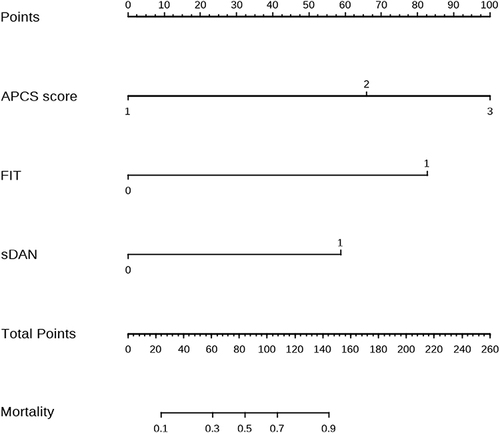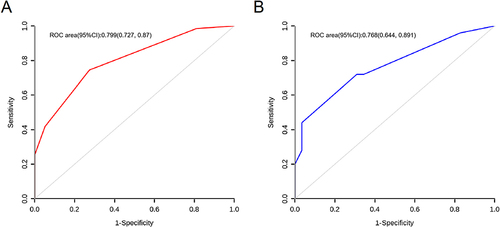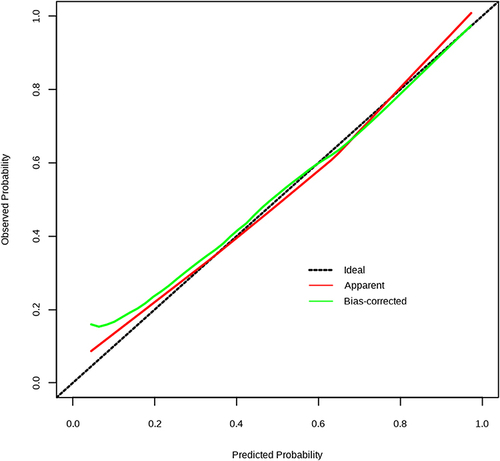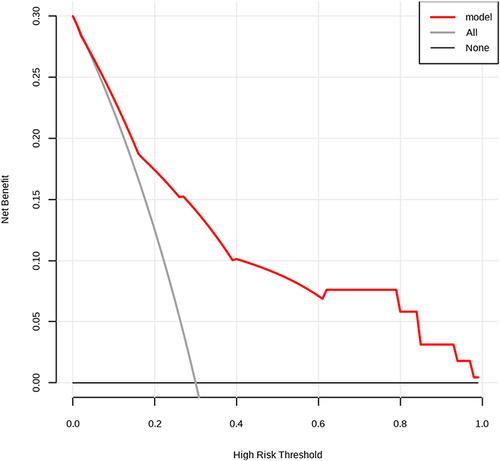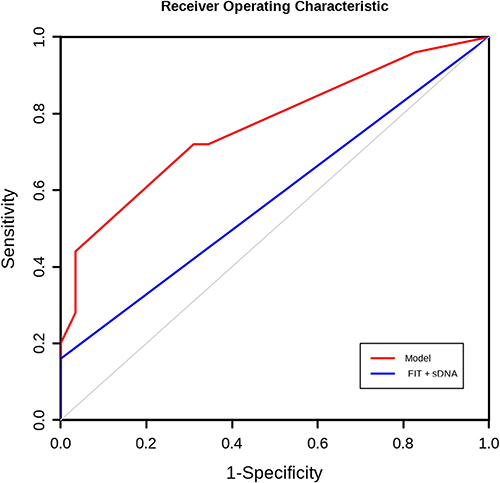Figures & data
Table 1 The Demographic Data for the Enrolled Participants (n = 179)
Figure 1 Flowchart of the participants.
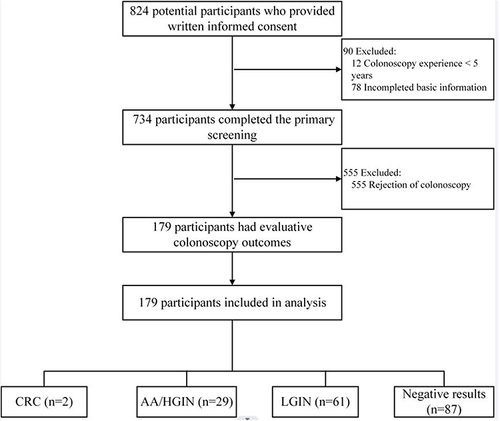
Table 2 Univariate and Multivariate Analysis of Predictors for Positive Colonoscopy Results in the Training Cohort
Figure 2 The nomograms for predicting positive colonoscopy results.
